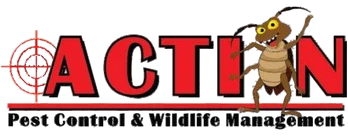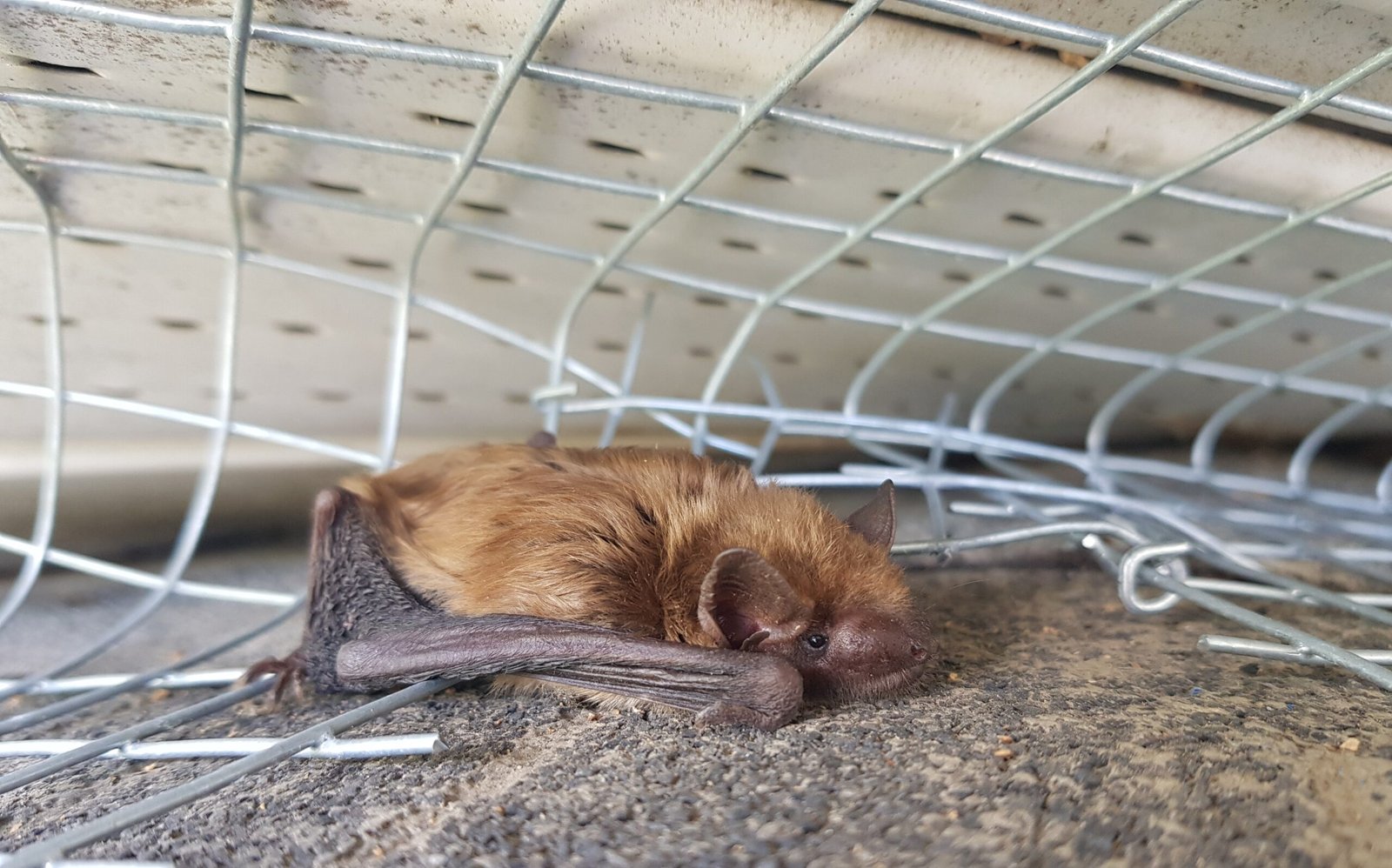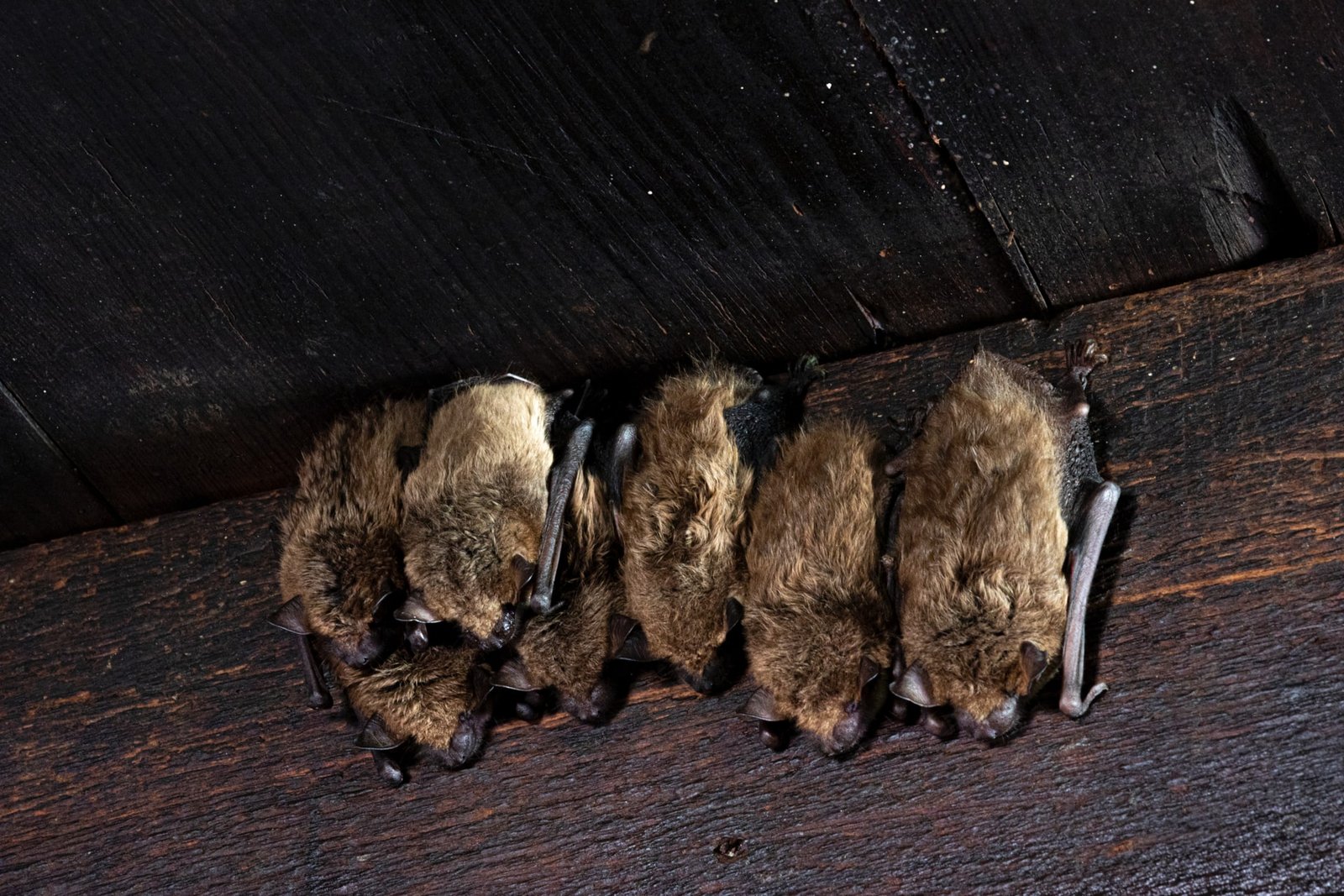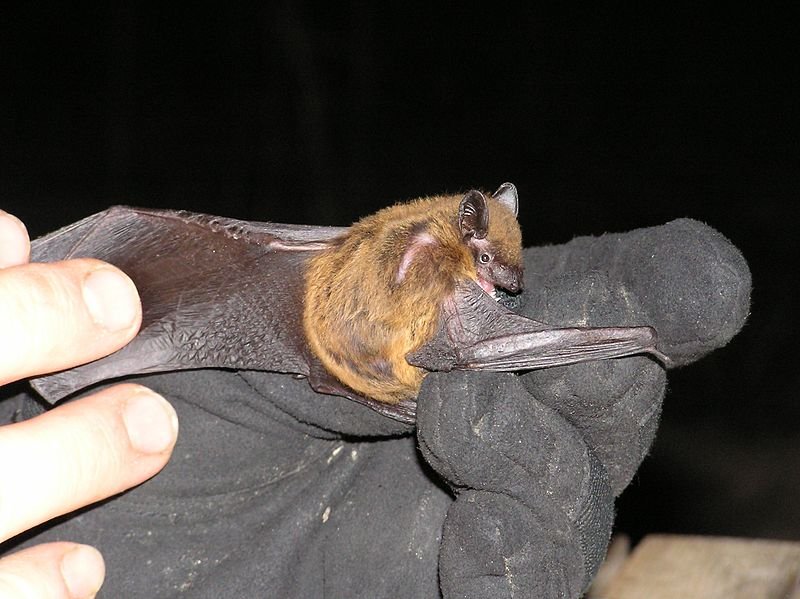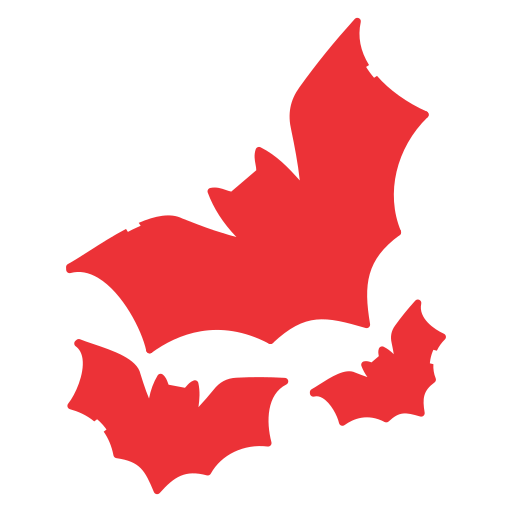When it comes to maintaining a safe and healthy environment, the presence of dead animals can pose significant challenges. Not only can they attract other pests, but they can also lead to health hazards due to the potential spread of diseases. At Action Pest Control, we understand how important it is to address this issue promptly and effectively. In this blog post, we will explore the various options available for dead animal removal, ensuring you have the knowledge needed to make informed decisions.
Why Dead Animal Removal is Essential
Before we delve into the removal options, it’s crucial to understand why professional dead animal removal is necessary. Decomposing animals can emit foul odors, attract scavengers, and even contaminate surrounding areas. Furthermore, they can carry diseases such as leptospirosis, salmonella, and even hantavirus. For these reasons, it’s essential to act quickly when you suspect a dead animal is nearby.
Available Dead Animal Removal Options
When it comes to dead animal removal, there are several approaches that professionals like us at Action Pest Control utilize. Here are the most common methods:
Identification and Assessment
The first step in any dead animal removal process is identifying the type of animal and assessing the situation. Our trained technicians are equipped to locate the carcass, even in hard-to-reach areas such as attics, basements, or under decks. Understanding the species and location helps us determine the safest and most effective removal method.
Safe Removal
Once identified, our team employs safe removal techniques. This typically involves:
- Protective Gear – Our technicians wear protective clothing, gloves, and masks to prevent exposure to pathogens and parasites.
- Specialized Tools – We use tools designed for safe handling, minimizing any risk of contamination during the removal process.
- Manual or Mechanical Removal – Depending on the size and location of the carcass, we may opt for manual removal or use mechanical aids to ensure the process is efficient and safe.
Disposal Options
After the animal has been removed, the next step is proper disposal. There are various methods we may employ, including:
- Composting – For smaller animals, composting may be a viable option, provided local regulations allow it. This involves placing the carcass in a designated compost pile where it can decompose naturally.
- Landfill Disposal – In many cases, we transport the deceased animal to a local landfill that is authorized to accept organic waste. This method ensures that the remains are disposed of in a safe and environmentally friendly manner.
- Rendering Facilities – Some companies may use rendering services, where animal remains are processed into materials for use in different industries, such as animal feed or biofuel.
Sanitation and Deodorization
After the removal and disposal process, it is crucial to sanitize the area to eliminate any lingering odors and pathogens. Action Pest Control offers professional sanitation services, which include:
- Disinfecting Surfaces – We use specialized cleaners to disinfect the area where the animal was found.
- Odor Neutralization – Our technicians can apply solutions that neutralize any unpleasant odors, ensuring that your space is fresh and clean.
A Leading Contractor for Dead Animal Removal in Chicago, IL.
At Action Pest Control, we understand the urgency and sensitivity surrounding dead animal removal. Our trained professionals are equipped to handle these situations with care and expertise, ensuring your property remains safe and hygienic.
If you suspect a dead animal is in your walls, don’t hesitate to contact us for professional assistance. Call us at <a href=”tel:7085432847”>(708) 543-2847</a> or fill out our online form to schedule your consultation.
